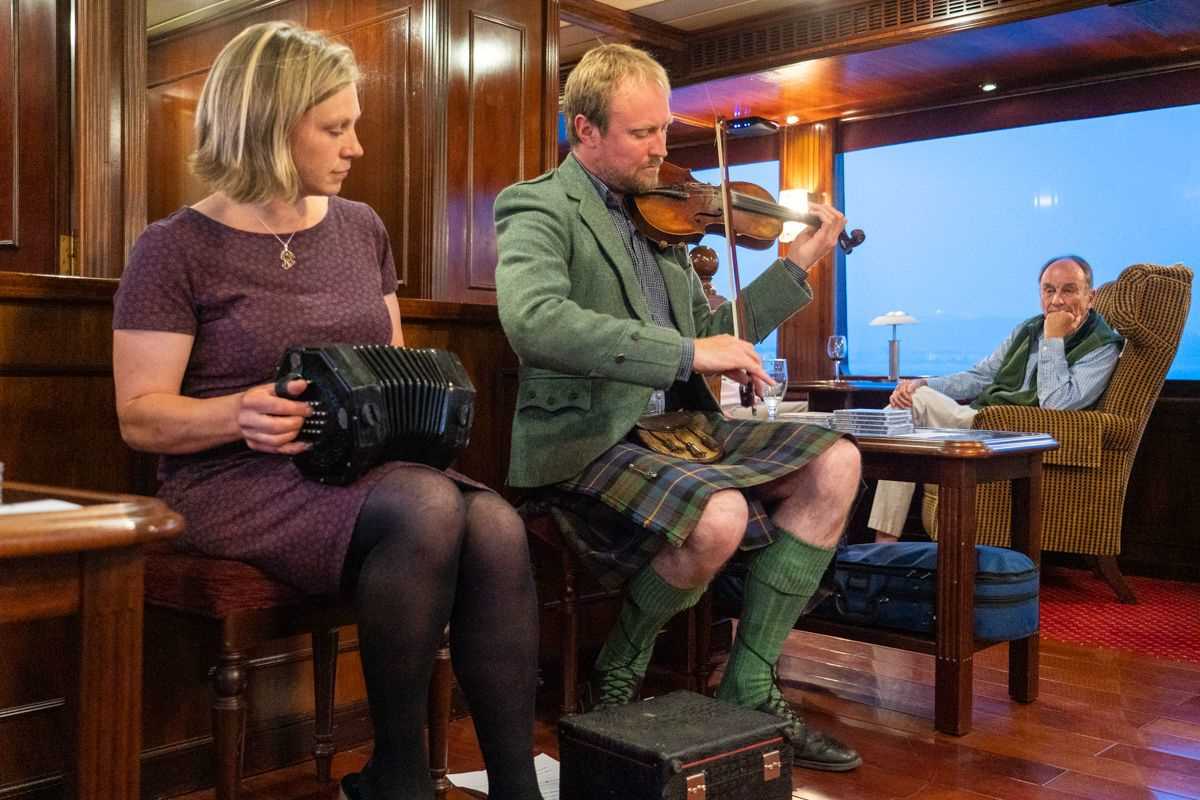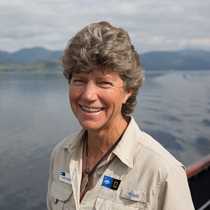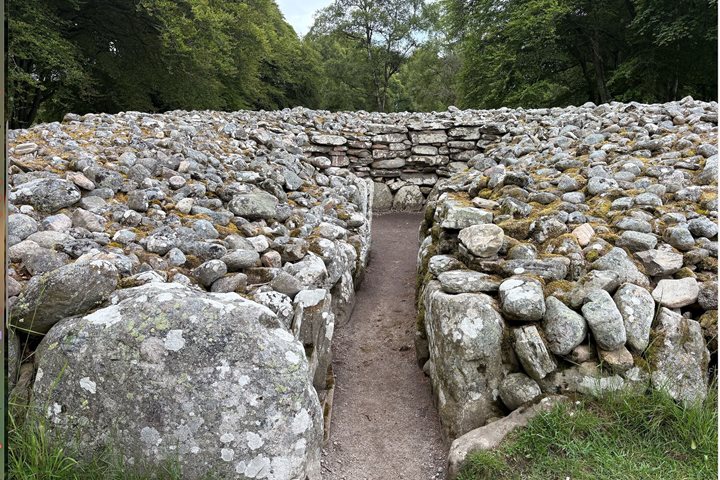Today was our first full day on Lord of the Glens, though we had an excellent start to our voyage last night with traditional music by local musicians Frances and Ronan, who played the concertina and fiddle with graceful skill.
A brisk breeze, dark clouds, and occasional showers greeted us—good Scottish weather for our explorations into the countryside. The morning provided two options: a bus ride to the Eilean Donan Castle or a hike up into the hills above the Kyle of Lochalsh. Those traveling to the Eilean Donan had the chance to see one of the most photographed castles in Scotland, a picturesque building used in several movies, including the popular “Highlander.” The castle is the property of Clan MacRae and was restored to its current state by Lieutenant Colonel John MacRae-Gilstrip in the 20th century. In its refurbished condition, Eileen Donan is now used as a summer residence by four generations of the MacRae Clan.
The morning hikers set off on a trail that meandered through moor and woodland to a small freshwater loch nestled in the hills. The birds were active this time of year, and we heard chaffinches, wrens, and even a cuckoo bird calling, “cuckoo, cuckoo.” The summer flowers were just coming on, with orchids, bell heather, tormentil, lousewort, and more. Hardly a drop of rain, and even some sunshine made for a pleasant walk and an excellent introduction to Scottish nature.
After lunch we traveled by coach to the Sleat Peninsula on the Isle of Skye, to visit the Clan Donald Centre with its gardens and excellent museum. The gardens were lush and green, with rhododendrons blooming in multiple colors. On the edge of the gardens stands the Armadale Castle ruin that once housed Clan Donald. The building was constructed in the 18th century, added onto in 1815, then burnt down in 1850, leaving the ruins that stand today.
The museum outlines a history of the Lord of the Isles, beginning with the ancient kingdom of Dalriada, which lasted from about 500 to 1,000AD. Dalriada included lands in Ireland and Scotland, and is considered by many to be the birthplace of modern Scotland. In ensuing years, the Lord of the Isles developed, a line of nobility from a mixed Viking-Gaelic ancestry that ruled over the west coast and islands of Scotland until the 15th century.
Back aboard Lord of the Glens, we set sail for the tiny village of Inverie on the Knoydart Peninsula. Although located on the mainland, Inverie is accessible only by foot or boat, so has the feeling of a remote island. After dinner, many took the opportunity to sample a pint and maybe buy a T-shirt at Inverie’s Old Forge Inn, billed as the most remote pub on mainland Scotland.









